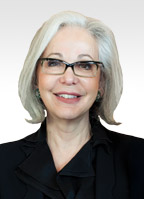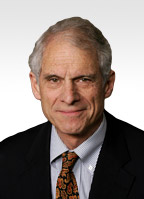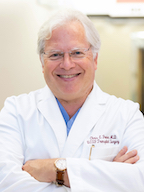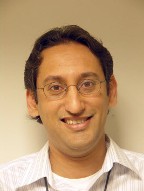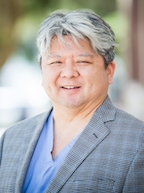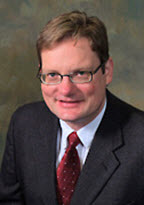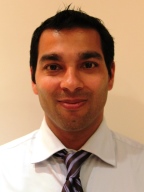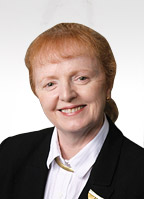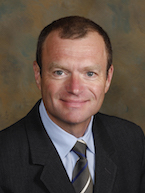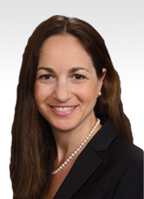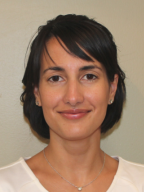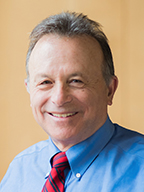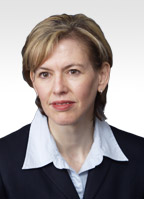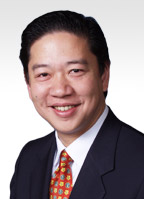Primary Sclerosing Cholangitis
What is primary sclerosing cholangitis (PSC)?
PSC is a disease that damages and blocks bile ducts inside and outside the liver. Bile is a liquid made in the liver. Bile ducts are tubes that carry bile out of the liver to the gallbladder and small intestine. In the intestine, bile helps break down fat in food.
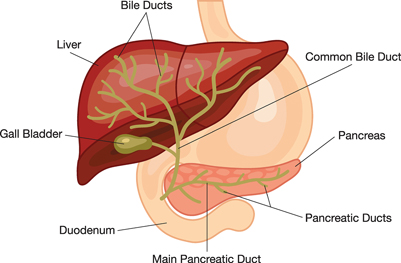
In PSC, inflammation of the bile ducts leads to scar formation and narrowing of the ducts over time. As scarring increases, the ducts become blocked. As a result, bile builds up in the liver and damages liver cells. Eventually, scar tissue can spread throughout the liver, causing cirrhosis and liver failure.
[Top]
What causes PSC?
The causes of PSC are not known. Genes, immune system problems, bacteria, and viruses may play roles in the development of the disease.
PSC is linked to inflammatory bowel disease (IBD). About three out of four people with PSC have a type of IBD called ulcerative colitis. The link between PSC and IBD is not yet understood.
[Top]
Who gets PSC?
Most people with PSC are adults but the disease also occurs in children. The average age at diagnosis is 40. PSC is more common in men than women. Having family members with PSC may increase a person's risk for developing PSC.
[Top]
What are the symptoms of PSC?
The main symptoms of PSC are itching, fatigue, and yellowing of the skin or whites of the eyes. An infection in the bile ducts can cause chills and fever. PSC progresses slowly, so a person can have the disease for years before symptoms develop.
[Top]
What are the complications of PSC?
PSC can lead to various complications, including
- deficiencies of vitamins A, D, E, and K
- infections of the bile ducts
- cirrhosis—extensive scarring of the liver
- liver failure
- bile duct cancer
[Top]
How is PSC diagnosed?
Blood tests to check levels of liver enzymes are the first step in diagnosing PSC. Doctors confirm the diagnosis using cholangiography, which provides pictures of the bile ducts.
Cholangiography can be performed in the following ways:
-
Endoscopic retrograde cholangiopancreatography (ERCP). ERCP uses an endoscope—a long, flexible, lighted tube—that goes down the mouth, beyond the stomach, and into the duodenum to reach an area in the digestive tract where dye can be injected into the bile ducts. X rays are taken when the dye is injected. ERCP also can be used to take a tissue sample or to treat blocked ducts. More information about ERCP is provided in the NIDDK health topic, ERCP (Endoscopic Retrograde Cholangiopancreatography).
-
Percutaneous transhepatic cholangiography. This procedure involves inserting a needle through the skin and placing a thin tube into a duct in the liver. Dye is injected through the tube and x rays are taken.
-
Magnetic resonance cholangiopancreatography (MRCP). MRCP uses magnetic resonance imaging (MRI) to obtain pictures of the bile ducts. MRI machines use radio waves and magnets to scan internal organs and tissues. MRCP does not involve using x rays or inserting instruments into the body. This safe and painless test is increasingly used for diagnosis.
Other testing may include ultrasound exams and a liver biopsy. Ultrasound uses sound waves to create images of organs inside the body. A biopsy involves removal of a small piece of tissue for examination with a microscope.
[Top]
How is PSC treated?
Although researchers have studied many treatments, none has been shown to cure or slow the progress of PSC. Treatment of PSC aims to relieve symptoms and manage complications. Medical treatment may include various medications to relieve itching, antibiotics to treat infections, and vitamin supplements. Instruments passed through an endoscope during ERCP can help open blocked bile ducts.
Liver transplantation may be an option if the liver begins to fail.
[Top]
Points to Remember
- Primary sclerosing cholangitis (PSC) inflames, scars, and blocks bile ducts inside and outside the liver.
- When bile ducts become blocked, bile builds up in the liver and damages liver cells.
- PSC can lead to vitamin deficiencies, infections, bile duct cancer, cirrhosis, liver failure, and the need for a liver transplant.
- The cause of PSC is not known.
- Many people with PSC also have ulcerative colitis, an inflammatory bowel disease.
- Treatment includes medications to treat symptoms and complications of PSC.
[Top]
Clinical Trials
The National Institute of Diabetes and Digestive and Kidney Diseases (NIDDK) and other components of the National Institutes of Health (NIH) conduct and support research into many diseases and conditions.
What are clinical trials, and are they right for you?
Clinical trials are part of clinical research and at the heart of all medical advances. Clinical trials look at new ways to prevent, detect, or treat disease. Researchers also use clinical trials to look at other aspects of care, such as improving the quality of life for people with chronic illnesses. Find out if clinical trials are right for youExternal NIH Link.
What clinical trials are open?
Clinical trials that are currently open and are recruiting can be viewed at www.ClinicalTrials.govExternal Link Disclaimer.
This information may contain content about medications and, when taken as prescribed, the conditions they treat. When prepared, this content included the most current information available. For updates or for questions about any medications, contact the U.S. Food and Drug Administration toll-free at 1-888-INFO-FDA (1-888-463-6332) or visit www.fda.govExternal Link Disclaimer. Consult your health care provider for more information.
[Top]
This content is provided as a service of the National Institute of Diabetes and Digestive and Kidney Diseases (NIDDK), part of the National Institutes of Health. The NIDDK translates and disseminates research findings through its clearinghouses and education programs to increase knowledge and understanding about health and disease among patients, health professionals, and the public. Content produced by the NIDDK is carefully reviewed by NIDDK scientists and other experts.
The NIDDK would like to thank:
Keith D. Lindor, M.D., Mayo Clinic
This information is not copyrighted. The NIDDK encourages people to share this content freely.
[Top]
April 2012

